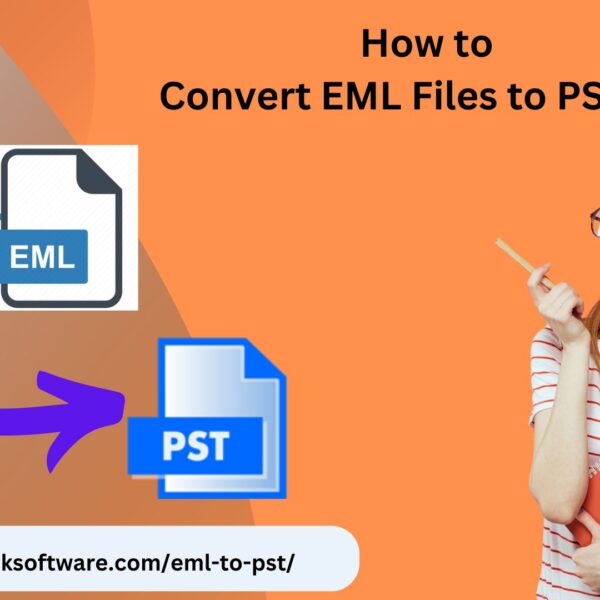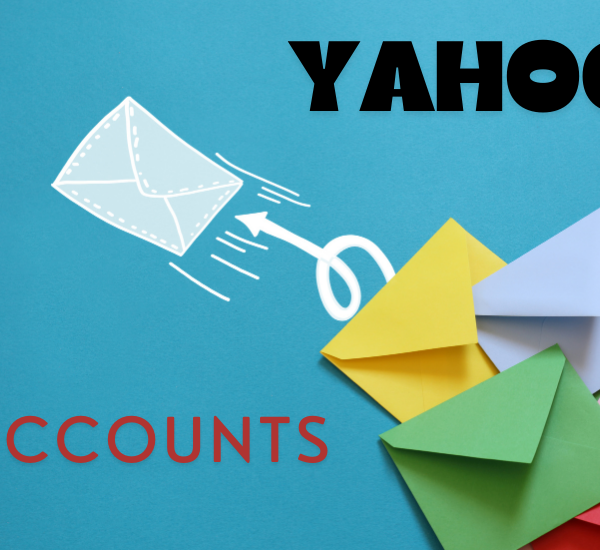Email fraud is a pervasive threat in the digital age, targeting individuals and organizations to steal sensitive information, financial assets, and personal data. This guide explores the various forms of email fraud, the risks they pose, and the strategies and tools available to prevent and mitigate these threats.
Understanding Email Fraud
What is Email Fraud?
Email fraud involves deceptive practices designed to trick recipients into divulging sensitive information or taking harmful actions. Cybercriminals use various techniques to manipulate recipients, including phishing, spoofing, and business email compromise (BEC).
Common Types of Email Fraud
Phishing
Phishing involves sending emails that appear to be from legitimate sources to deceive recipients into revealing personal information, such as passwords, credit card numbers, or social security numbers. These emails often contain links to fake websites that mimic real ones.
Spoofing
Spoofing occurs when an attacker forges the sender address on an email to make it appear as if it came from a trusted source. This technique is used to bypass email security measures and trick recipients into responding or clicking malicious links.
Business Email Compromise (BEC)
BEC is a sophisticated form of email fraud targeting businesses. Attackers impersonate high-level executives or trusted business partners to trick employees into transferring funds or disclosing sensitive information. BEC often involves extensive research and social engineering.
Risks and Impacts of Email Fraud
Financial Loss
Email fraud can result in significant financial losses for individuals and organizations. Victims may be tricked into transferring funds to fraudulent accounts or purchasing expensive items on behalf of the attackers.
Data Breach
Successful email fraud can lead to data breaches, exposing sensitive personal or corporate information. This data can be sold on the dark web or used for further malicious activities.
Reputation Damage
Organizations that fall victim to email fraud may suffer reputational damage. Customers and partners may lose trust in the organization’s ability to secure their information, leading to loss of business and revenue.
Legal and Regulatory Consequences
Victims of email fraud may face legal and regulatory consequences, particularly if the breach involves personal data protected by laws such as GDPR or CCPA. Non-compliance with these regulations can result in hefty fines and penalties.
Strategies for Preventing Email Fraud
Implement Strong Email Authentication
DMARC, DKIM, and SPF
Utilize email authentication protocols such as DMARC, DKIM, and SPF to verify the legitimacy of incoming emails. These protocols help prevent spoofing and ensure that emails are coming from trusted sources.
Employee Training and Awareness
Regularly train employees on recognizing and responding to email fraud attempts. Educate them about common tactics used in phishing, spoofing, and BEC attacks. Encourage a culture of skepticism and verification.
Use Advanced Email Security Solutions
Deploy advanced email security solutions that leverage artificial intelligence and machine learning to detect and block fraudulent emails. These solutions can analyze email content, sender reputation, and other indicators to identify threats.
Enable Multi-Factor Authentication (MFA)
Implement MFA for accessing email accounts and other sensitive systems. MFA requires users to provide multiple forms of verification, making it more difficult for attackers to gain unauthorized access.
Regularly Update and Patch Systems
Ensure that all software and systems are regularly updated and patched to protect against known vulnerabilities. Cybercriminals often exploit outdated software to carry out email fraud attacks.
Tools for Email Fraud Prevention
Mimecast
Mimecast offers comprehensive email security solutions that protect against phishing, spoofing, BEC, and other forms of email fraud. Mimecast’s technology leverages AI and machine learning to detect and mitigate threats in real-time.
Proofpoint
Proofpoint provides advanced threat protection for email, safeguarding against phishing, BEC, and malware attacks. Its solutions include email filtering, encryption, and user awareness training.
Barracuda Networks
Barracuda Networks offers email protection solutions that defend against phishing, BEC, and other email threats. Its cloud-based services provide robust filtering and threat detection capabilities.
Microsoft Defender for Office 365
Microsoft Defender for Office 365 enhances email security by protecting against phishing, malware, and other threats. It integrates seamlessly with Office 365 to provide comprehensive protection for email communications.
Google Workspace Security
Google Workspace Security provides advanced email protection features, including phishing and malware detection, email encryption, and user activity monitoring. It helps secure email communications within the Google Workspace environment.
Conclusion
Email fraud is a significant threat that requires a multifaceted approach to prevention and mitigation. By understanding the various forms of email fraud, recognizing the risks they pose, and implementing robust security measures, individuals and organizations can protect themselves against these malicious activities. Leveraging advanced email security solutions and fostering a culture of vigilance and awareness are critical steps in defending against email fraud.












